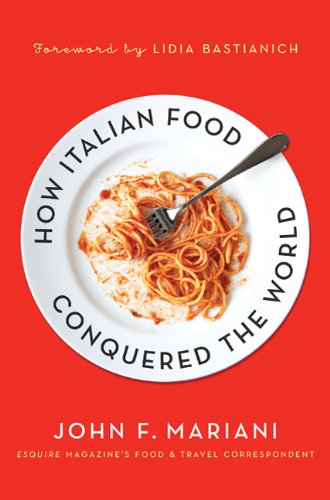MARIANI’S
Virtual
Gourmet
June
6, 2021
NEWSLETTER
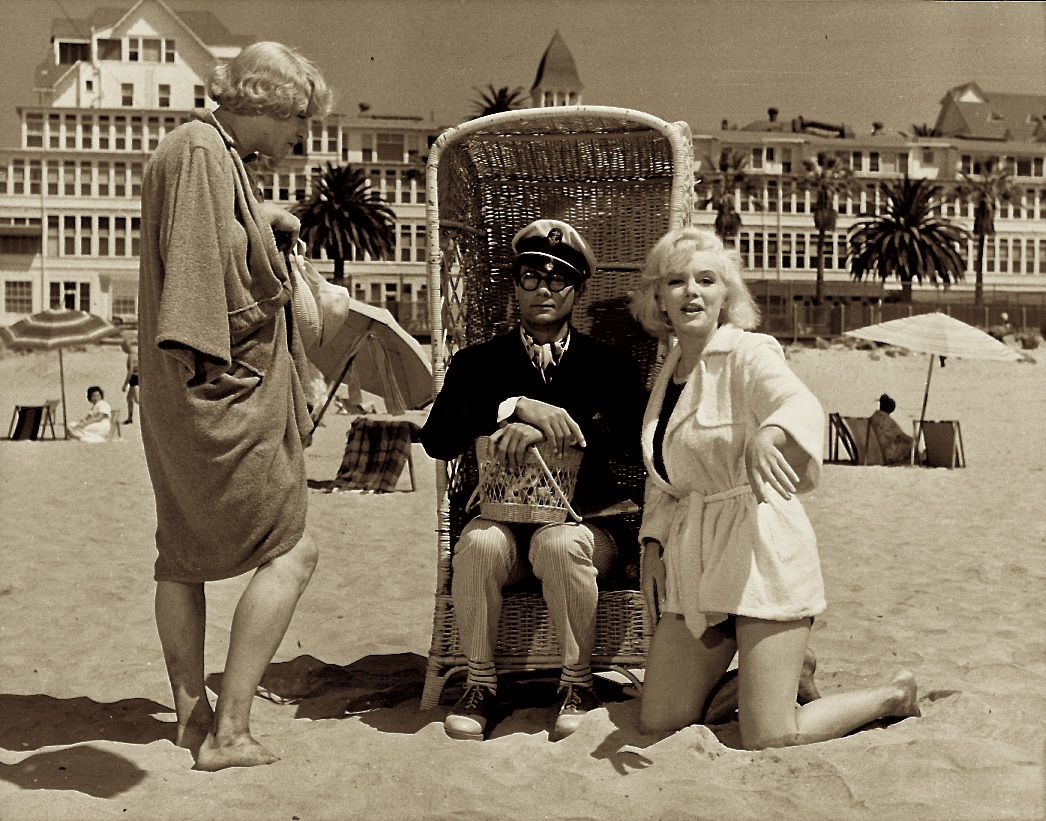 J
JJack Lemmon, Tony Curtis and Marilyn Monroe in "Some Like It Hot" (1959)
IN THIS ISSUE
THE CHEESES OF ASTURIAS
By Gerry Dawes
NEW YORK CORNER
TAPAS & CUCINA
By John Mariani
CAPONE'S GOLD
CHAPTER TEN
By John Mariani
NOTES FROM THE WINE CELLAR
WHY ARE WINES' ALCOHOL LEVEL GETTING SO
HIGH AND WHY IS THAT NOT A GOOD THING?
By John Mariani
❖❖❖


On Celebrating Act2 I will be talking about "What's the Difference Between a Pizzeria, Trattoria and Ristorante." http://www.celebratingact2.com
❖❖❖
THE CHEESES OF ASTURIAS
By Gerry Dawes

The people of Asturias, Spain, proudly
call their land a Paraiso de
los Quesos (cheese paradise). Outside the
main cities, farms—with their cows, goats and
sheep—enable the production of a wide variety of
cheeses, which has helped create an economic
engine that has prevented the depopulation of
many small townships in the region.
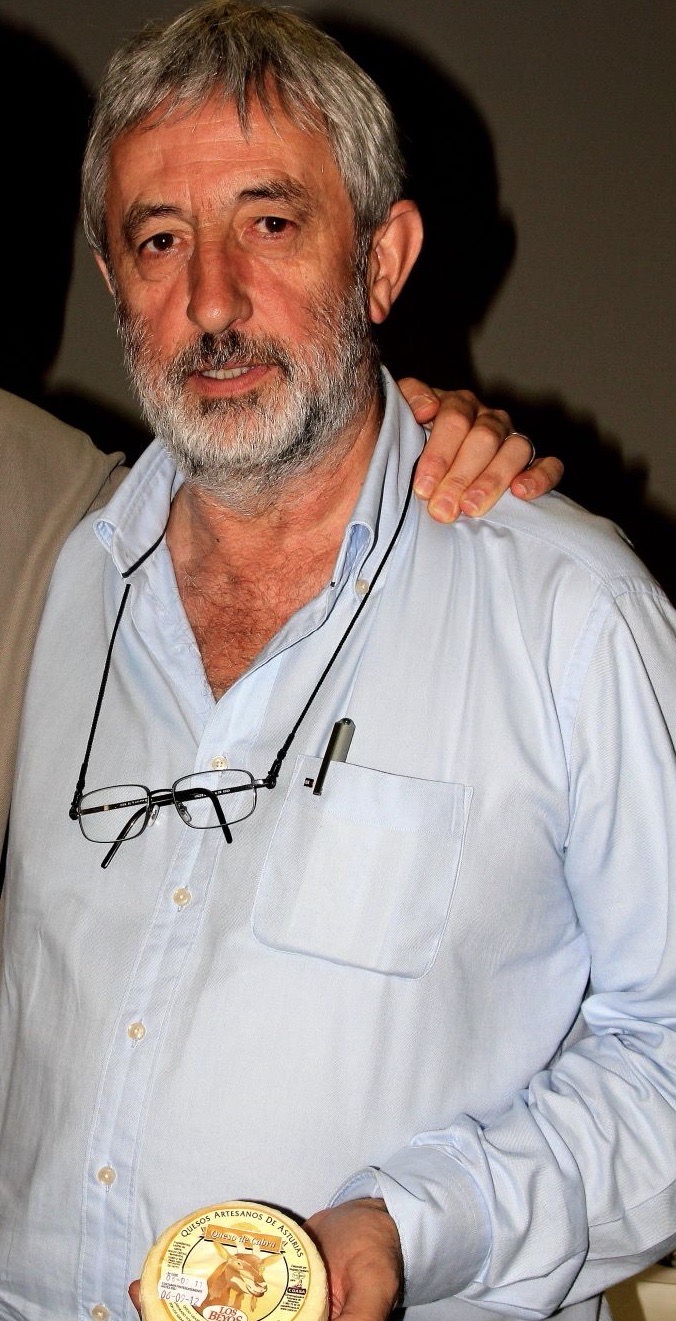 Having
Marino González (left) as my guide to the
region’s valleys and mountains and cheese
producers was the equivalent of taking guitar
lessons from Andres Segovia. González was born in
1956 on a remote farm in the isolated mountain
village of Cirieño.
“When I was born, the mountain villages of
my native region were still very Medieval,” he
told me. “My five siblings and I had to work like
adults to survive as a family.”
Having
Marino González (left) as my guide to the
region’s valleys and mountains and cheese
producers was the equivalent of taking guitar
lessons from Andres Segovia. González was born in
1956 on a remote farm in the isolated mountain
village of Cirieño.
“When I was born, the mountain villages of
my native region were still very Medieval,” he
told me. “My five siblings and I had to work like
adults to survive as a family.”
González is a taciturn man who speaks
Spanish with a Medieval Asturian village accent
that requires concentration to interpret
sometimes. With his low-key, but expert,
commentary along the way I was led through a
remarkable series of cheese-related adventures by
a man who is obviously profoundly in love with his
Asturian homeland.
González left the family farm and attended
law school before deciding to dedicate himself to
reviving the traditional, often nearly extinct,
cheeses of Asturias, beginning with his own
family’s made in his home village. He began to
market the artisan cheeses of some 40 small
producers for whom selling their cheeses outside
the region was nearly impossible. By 2010,
they were billing nearly $6 million of food
products and built a large new facility near
Siero, outside Oviedo, to keep the cheeses in
acclimated chambers for a curing process known as
afinaje.
Since I
first met González in the early 2000s he has
taught me everything that I know about the
Asturias—its cheeses and its other regional
products: fabada
Asturiana (the Asturian national bean dish),
artisanal sidras
(apple cider) and Calvados-like apple brandies.
In 2005, I made my first visit to Asturias
since 1971, meeting González in the Picos de
Europa mountains, then driving to the
dramatic Desfiladero
de Los Beyos canyon and up into the hills to
visit his family home. There his sister Aurora
produces 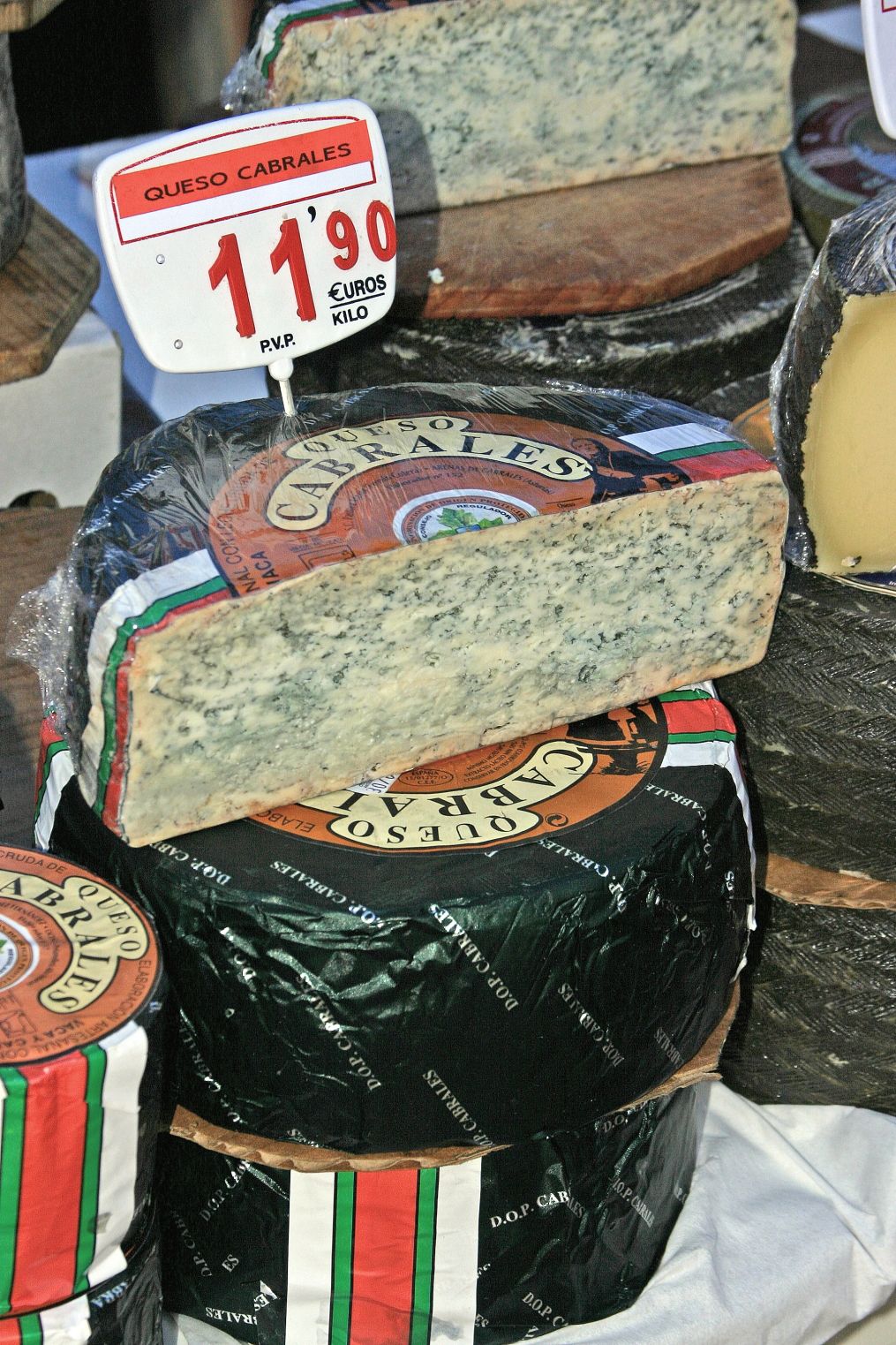 an historic,
nearly extinct, now highly regarded artisan cheese
made from cow’s milk, a dense, compact, paisano queso
with a unique flinty texture and flavor. The
pieces break away like shards of white chocolate,
and the chalky firmness at first bite melts into a
creamy paste, which I ate with cider.
an historic,
nearly extinct, now highly regarded artisan cheese
made from cow’s milk, a dense, compact, paisano queso
with a unique flinty texture and flavor. The
pieces break away like shards of white chocolate,
and the chalky firmness at first bite melts into a
creamy paste, which I ate with cider.
On several outings, I visited a number of
cheese producers who work with González in Arenas de
Cabrales, where he showed me Cabrales
cheese production and how a thin length of bone is
used to bore into the cheese, a sample of which is
extracted and smelled to judge how the cheese is
developing. We sampled González’s Cabrales,
laced with a blue Roquefort-like benign mold that
imparts a strong, spicy flavor.
In
2010, I visited the lively Sunday morning market
in Cangas
de Onís, where cheeses, sausages, beans,
vegetables, cider and more are spread across
several blocks and augmented by the local
specialty food shops, some offering more than two
dozen local cheeses. In the west near Áviles,
close to the Cantabrian Sea, I sampled the cow’s
milk blue La
Peral and the unique piquant paprika-laced Afuega’l Pitu
(“fire-in-the-throat”). I tasted three types of
raw milk goat’s cheese made by Jesús Gutiérrez and
his son Manuel in the tiny rural Peñamellera
Baja community of Buelles along the
Cares-Deva River.
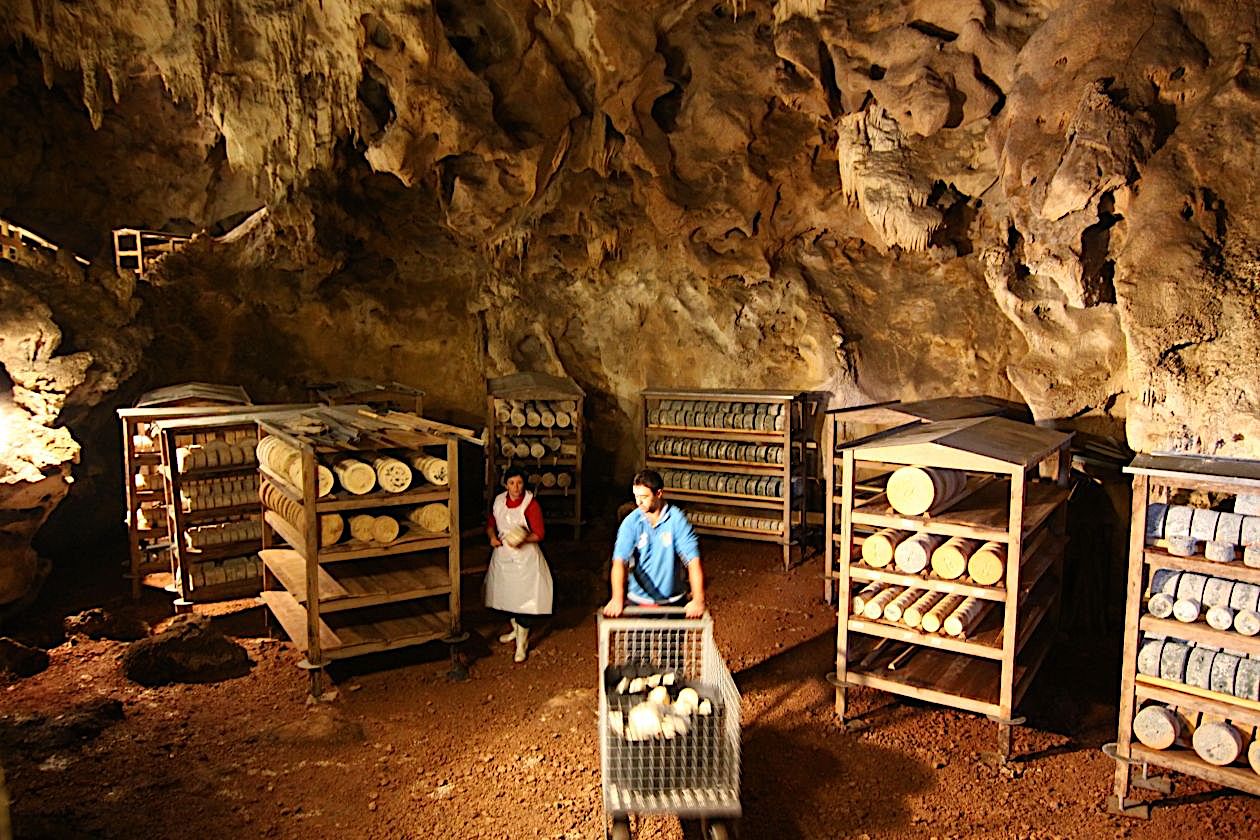 Back at Arenas de
Cabrales, I visited González’s own artisan
cheese plant, destroyed in a flood in 2012, and
the dark, humid caves on the hill where hundreds
of Cabrales cheeses were maturing along with Afuega’l Pitu,
Peñamellera
and Ovín.
Back at Arenas de
Cabrales, I visited González’s own artisan
cheese plant, destroyed in a flood in 2012, and
the dark, humid caves on the hill where hundreds
of Cabrales cheeses were maturing along with Afuega’l Pitu,
Peñamellera
and Ovín.
On six other trips
ranging from 2006 until 2017 I made other forays
with Marino González into Asturias and visited
another dozen artisan cheese producers under his
guidance. My stay at the Heredad de la
Cueste in Llenín was part of another
remarkable three-day Asturian adventure during the
last days of October 2012. On that trip, I
returned with Jaime Rodríguez to visit Rosa Maria
Intriago, after she had moved part of her
cheese-curing operation up to a vast, newly
utilized cave supervised by the Consejo
Regulador (Regulatory Council) of the Denominación
de Origen.
Known as Cueva Oscura
(Dark Cave) and long used as a refuge by hunters,
the cave is up in the puerto, a
mountain pass in the Picos de
Europa near the hamlet of Avín (population
about 130).
When Rodríguez and I visited the cave, we
found Rosa Intriago stacking her Gamonéu
cheeses on shelves for curing. There was a
brochure about the new cheese-producing cave with
admonitions about fotografía
prohibida (photography prohibited) and signs
that said it was prohibited for anyone to be in
the caves who did not have an official reason to
be there. But I was with Rodríguez, Intriago and
other Gamonéu
producers who were members of the Regulatory
Council and no one seemed to care that I was
taking photographs, so I took several, knowing
that I would not be coming back to the 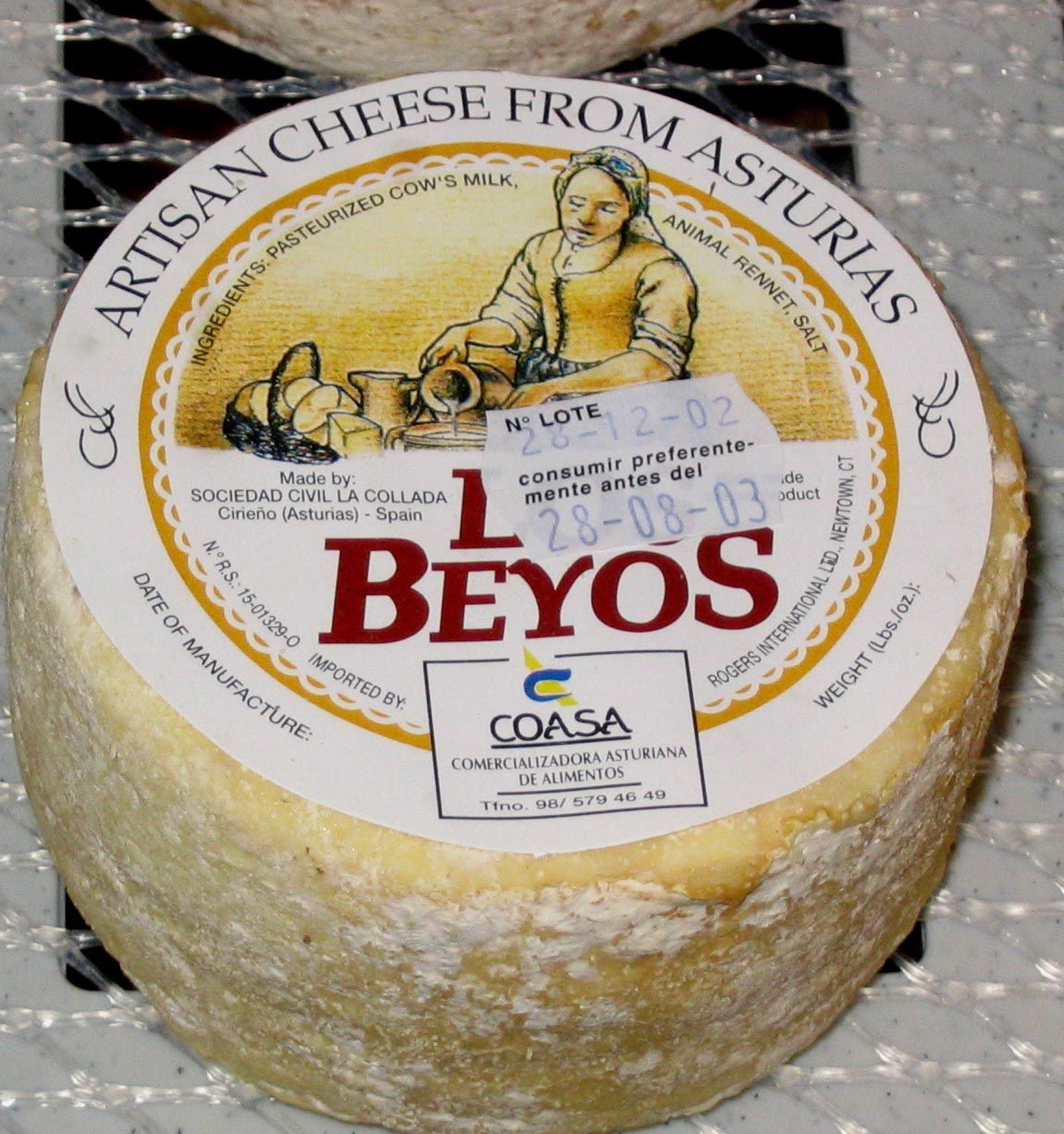 Cueva
Oscura again soon.
Cueva
Oscura again soon.
The great blue cheese Cabrales,
the best-known of all Asturian cheeses (and second
only to Manchego
among Spanish cheeses), is usually easy to find in
good cheese outlets in America. Importers and
stores such as Despana Brands, La Tienda, Michelle
Buster’s Forever Cheese, Artisanal Premium Cheese
Center, Whole Foods, Zabar’s and many other
American outlets carry these cheeses.
Along with Cabrales,
the other major Asturian blue cheeses are Gamonéu,
La Peral
and Monje
Blue. Valdeòn,
the blue cheese from the Castilla y
Leòn side of the Picos de
Europa, is available in top cheese stores in
the American and European markets. So are Los Beyos,
an I.G.P. (Protected Geographical Indication)
available in milk from cows, ewes and goats; La Collada,
a brand of Marino González’s family cheese also
available as “Tres Leches,”
(mixed milk); Afuega’l Pitu
(cows’ milk), and the Penamellera
Alta cheese La Cueva
Llonin (mixed milk).
Excerpted from Sunset in a
Glass: Adventures of a Food and Wine Road
Warrior in Spain
By Gerry Dawes ©2021
❖❖❖

TAPAS & CUCINA
434 White
Plains Road, Eastchester NY
914-652-7713
By John Mariani
It was mere happenstance that I’ve reviewed two Spanish tapas restaurants last month, but I’ve found a third, in Eastchester, New York, that deserves kudos for taking the genre a step further by putting Italian flavors onto the menu, calling it “Mediterranean Fusion.” Owner Gennaro Martinelli (left), who runs San Gennaro, one of the best trattorias on Arthur Avenue in the Bronx, has taken over a small, quaint space in the suburbs where he’s offering a lot of new ideas you won’t find anywhere else.
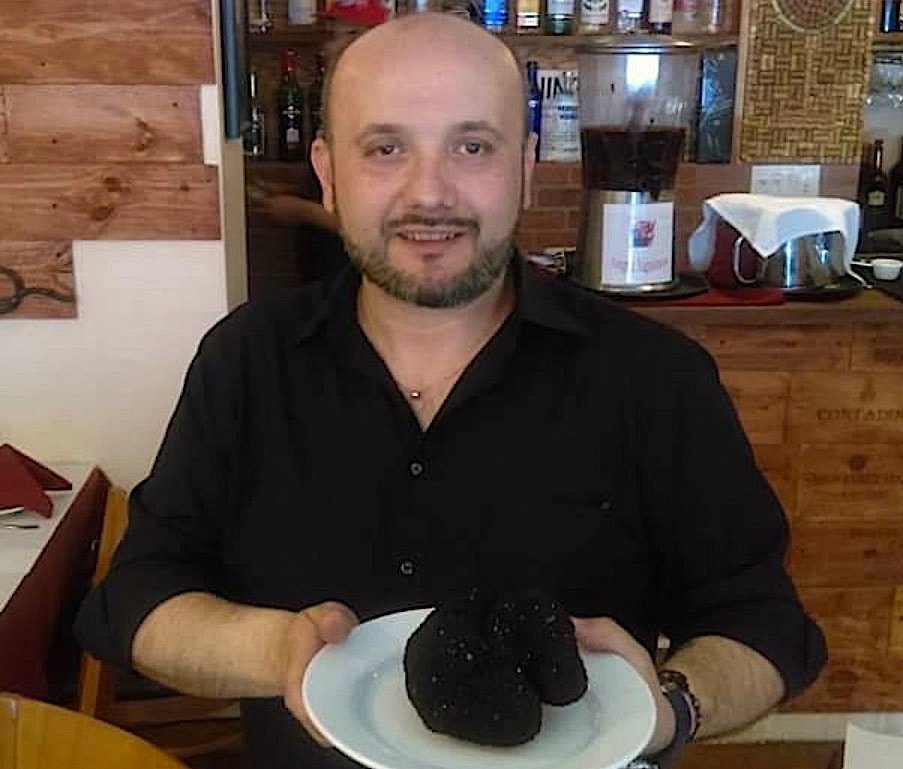 Martinelli,
born in Capua, Italy, studied cuisine in Paris
and worked at Vesuvio on the Champs Elysée, then
in various European cities before moving to New
York, and at 33 he opened San Gennaro several
years ago; Tapas & Cucina debuted this
spring. It’s a long, rustic room with good
lighting, a small bar, rough wood chairs and
tables and paper tabletops. The wine list is not
long but of good quality and reasonably priced.
The dozen wines by the glass cost from $11 to
$14. Martinelli also makes his own limoncello.
His partners, Esteban Ortega and Luz Adriana
Ospina, keep him true to Iberian tradition.
Martinelli,
born in Capua, Italy, studied cuisine in Paris
and worked at Vesuvio on the Champs Elysée, then
in various European cities before moving to New
York, and at 33 he opened San Gennaro several
years ago; Tapas & Cucina debuted this
spring. It’s a long, rustic room with good
lighting, a small bar, rough wood chairs and
tables and paper tabletops. The wine list is not
long but of good quality and reasonably priced.
The dozen wines by the glass cost from $11 to
$14. Martinelli also makes his own limoncello.
His partners, Esteban Ortega and Luz Adriana
Ospina, keep him true to Iberian tradition. The menu is arranged in eight categories: Tapas, Pizza, Salad, Pasta, Paella, Meat, Fish, and Dessert. I can vouch for the pasta, meats and fish at San Gennaro, so my friends and I concentrated on the first two categories, where the more unusual dishes are to be found.
In Spain’s tapas bars you usually go to the bar
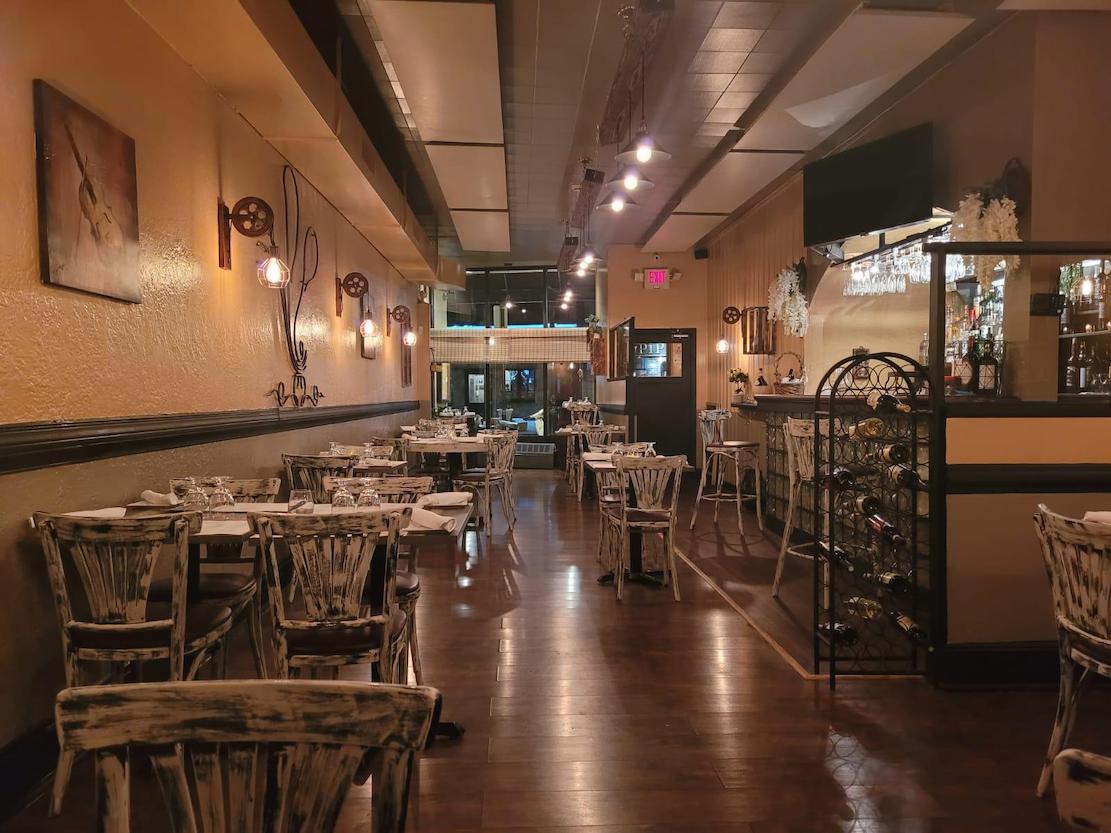 and
simply pick the tapas arrayed on little plates
and eat them standing up or at a table. At
T&C the portions are more substantial and
plated so that sharing is easy enough. The best
thing to do is order several of them; at prices
ranging from $8 to $18, six or more will make up
an entire meal, and our party of four had
tastings of each. You’ll get a complimentary cup
of bean soup to rouse your appetite, and there
is also good bread you use to soak up all the
juices and sauces, as with the grilled octopus (below)
served with salad, bruschetta
and a lemon dressing ($18). Zucchini flowers
would be a rarity at a tapas bar but not so
and
simply pick the tapas arrayed on little plates
and eat them standing up or at a table. At
T&C the portions are more substantial and
plated so that sharing is easy enough. The best
thing to do is order several of them; at prices
ranging from $8 to $18, six or more will make up
an entire meal, and our party of four had
tastings of each. You’ll get a complimentary cup
of bean soup to rouse your appetite, and there
is also good bread you use to soak up all the
juices and sauces, as with the grilled octopus (below)
served with salad, bruschetta
and a lemon dressing ($18). Zucchini flowers
would be a rarity at a tapas bar but not so 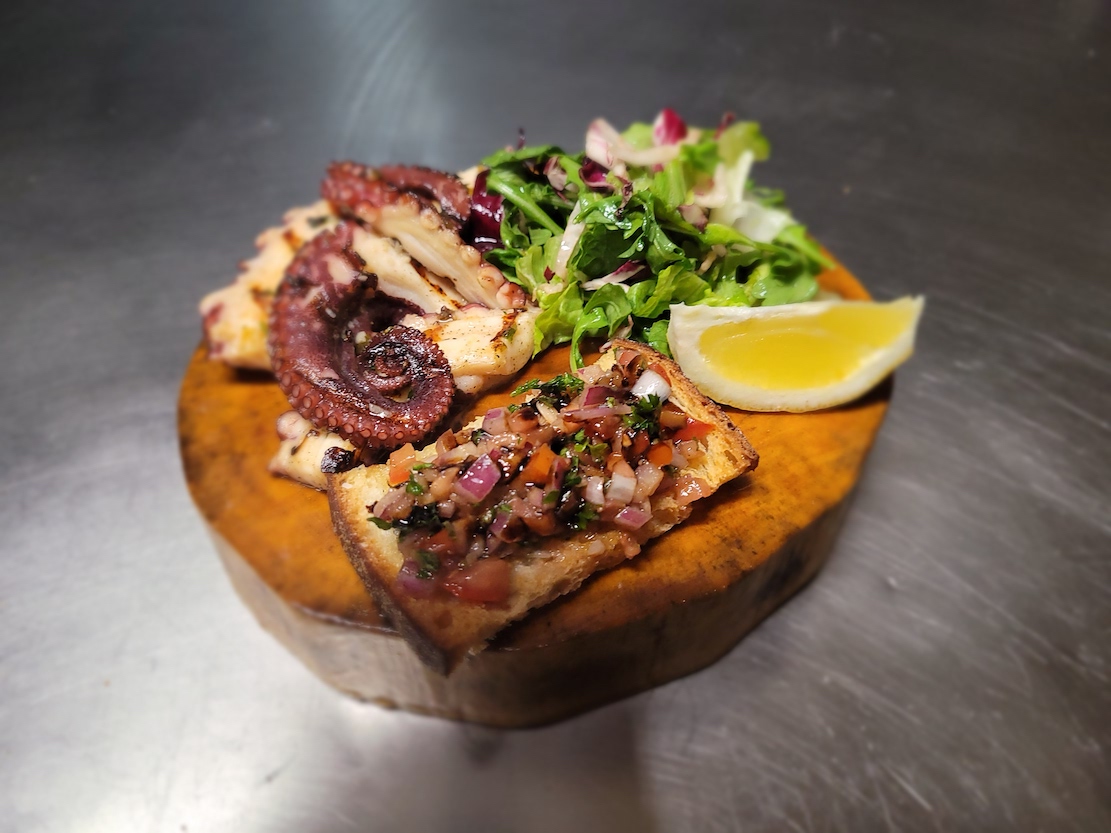 much
in Italy right now, so these are stuffed with
provolone cheese that oozes out from the bright
yellow and green flowers ($13). Croquettas
are always on a tapas menu, and here the crisp
little fried balls contain wonderfully fatted
Serrano ham ($12), and the plump empanadas
($12) of either chicken, beef or vegetable have
a fine, brittle crust and succulent contents.
Although I’ve run across it before, I was
delighted to find the menu has sweet dates
stuffed with pungent bleu cheese, smoky bacon,
basil and a rich, garlicky aïoli ($16).
Certainly unique is T&C’s pasta pie ($11), a
Neapolitan-style timbalo
of fat bucatini
macaroni lavishly stuffed with mozzarella, peas
and chopped meat.
much
in Italy right now, so these are stuffed with
provolone cheese that oozes out from the bright
yellow and green flowers ($13). Croquettas
are always on a tapas menu, and here the crisp
little fried balls contain wonderfully fatted
Serrano ham ($12), and the plump empanadas
($12) of either chicken, beef or vegetable have
a fine, brittle crust and succulent contents.
Although I’ve run across it before, I was
delighted to find the menu has sweet dates
stuffed with pungent bleu cheese, smoky bacon,
basil and a rich, garlicky aïoli ($16).
Certainly unique is T&C’s pasta pie ($11), a
Neapolitan-style timbalo
of fat bucatini
macaroni lavishly stuffed with mozzarella, peas
and chopped meat. 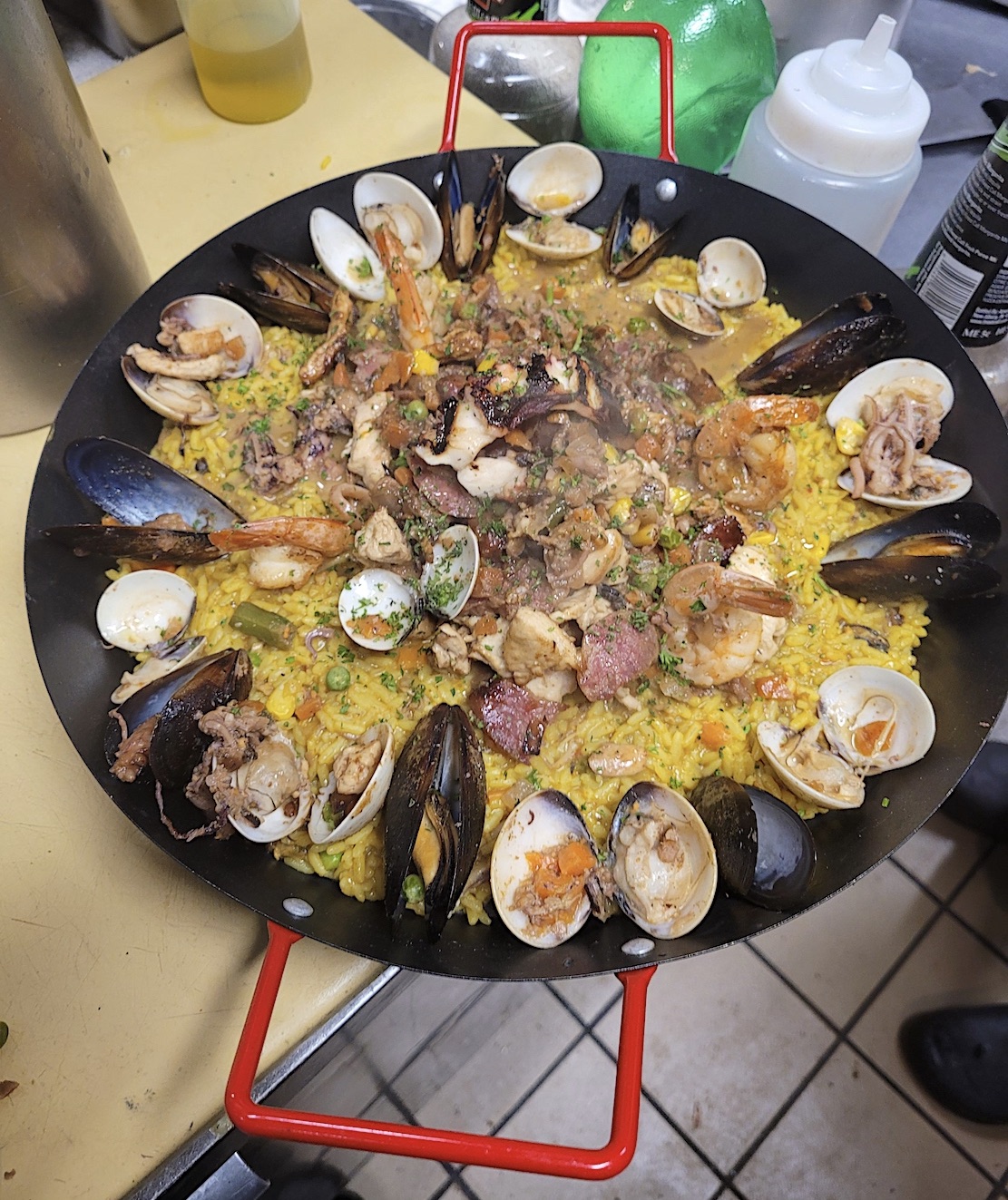 And
one of the heartier dishes is slow-cooked pork à la
Madrilena in a bright, lusty ragù of
plum tomatoes, served with soft cornmeal
polenta. The only disappointment among the tapas
we tried was fried calamari ($15) because the
calamari had little flavor of their own and
tasted more of the fried batter.
And
one of the heartier dishes is slow-cooked pork à la
Madrilena in a bright, lusty ragù of
plum tomatoes, served with soft cornmeal
polenta. The only disappointment among the tapas
we tried was fried calamari ($15) because the
calamari had little flavor of their own and
tasted more of the fried batter. Unusual, too, under the pizza category is the La Tapas, topped with sliced potatoes, sausage, smoky mozzarella and dusted with aromatic rosemary ($16). Next time I go I am eager to try one of the paellas (right), which include a classic Valenciana as well as a marinara and vegetariana ($32 for two people, $58 for three). Among the pastas, one of the stars at San Gennaro also shines brightly here: nudi, made with ricotta and fontina, chopped spinach and a truffle-dotted cream sauce with bits of crispy prosciutto ($22).
The desserts, made on the premises, included a first-rate, not-too-heavy tiramisu ($10) and leche frita ($11), a form of “fried milk,” typical of Northern Spain.
You could drop into T&C for a light array of tapas or enjoy a full meal, the only dilemma being how to choose among dishes that all seem so savory. By the way, from Manhattan, Eastchester is about a 45-minute drive.
CAPONE’S
GOLD
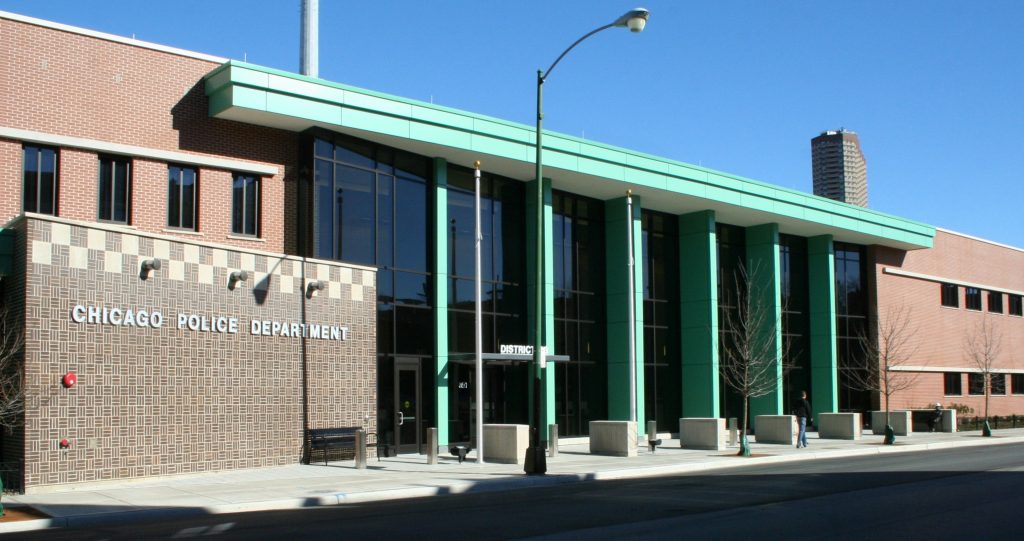 Katie heard from David within an
hour; he said everything was all right with
his police friend, Brian Cunningham. So she
went to the precinct house and picked up the
letter on City of Chicago Police Department
stationery, stating who she was and why she
wanted access to the house, and if the owner
doubted it, they could call Lt. Cunningham
directly.
Katie heard from David within an
hour; he said everything was all right with
his police friend, Brian Cunningham. So she
went to the precinct house and picked up the
letter on City of Chicago Police Department
stationery, stating who she was and why she
wanted access to the house, and if the owner
doubted it, they could call Lt. Cunningham
directly.
Katie thanked the officer profusely and
Cunningham said, “Oh, I’ve got something else
David said you might be interested in,” and he
handed her a piece of paper with the name Alice
Britt, an address and phone number. Katie’s
mouth dropped open.
Cunningham said, “David said this woman
might once have been Al Capone’s psychic.”
“I hope so,” said Katie, “but how did you
find this?”
“In between raiding warehouses and
bordellos and arresting mobsters, we police
sometimes have to haul in a psychic if someone
complains she’d been gypped out of a great deal
of money. It’s
usually just petty larceny, but apparently Miss
Britt was pretty well known in her day and shook
down a lot of important people, including
Capone. So
we had an arrest record on her. It
doesn’t indicate she ever served any jail time,
but she got out of the business and ran a
woman’s hat store before retiring. That’s
the last address and phone number we have for
her.”
Katie kept saying thank you to the
lieutenant, then asked if she could use his
phone.
“Sure, use that one over there.”
Katie dialed the number. After
four rings a woman answered.
“Alice
Britt?”
“No, Alice doesn’t live here anymore.”
Katie thought, where have I heard that
phrase before?
“Well, my name is Katie Cavuto, and I
wonder if you could tell me where she’s living
now?”
“Last I heard she was in a home.”
“Would you happen to know which one?”
The woman told her to hold on and Katie
heard her muttering.
“If she’s still there, she’d be in Mother
of Mercy, in Evanston.”
“She must be very old,” said Katie.
“They ain’t got many young ones in a rest
home.”
Katie thanked her, hung up and called a
taxi, giving Lt. Cunningham Alice Britt’s new
contact information. He
smiled and said, “I’m sure this’ll come in real
handy.”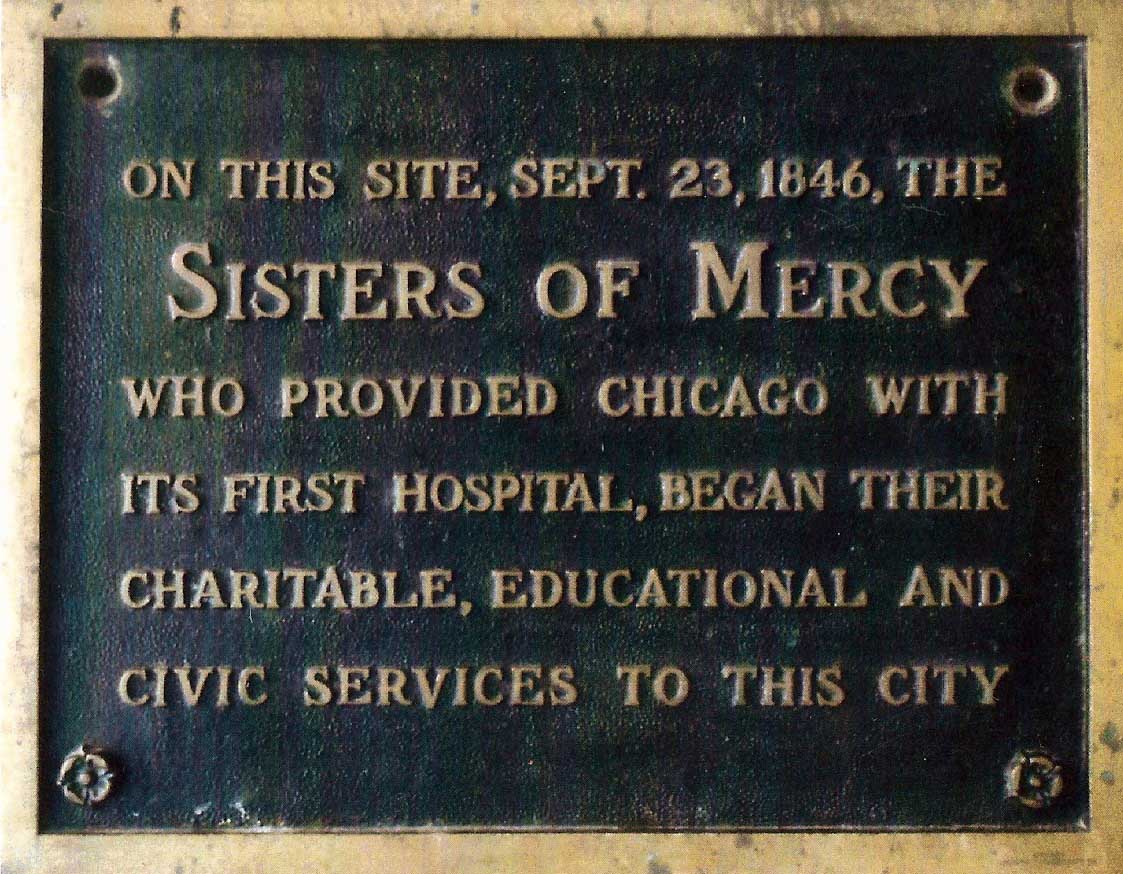
Mother of Mercy was, for what
it was, a fairly well-kept, clean place, though
it smelled of antiseptic and aging bodies, with
an undertone of urine. Katie
asked for Alice Britt’s room number and signed
in, took the elevator to the third floor and
asked a nurse on duty where the room was.
“Down on the left,” said the nurse. “You
may be in luck.
She just had her dinner, so her energy
level may be up.
Katie thanked her and walked to the room,
rapping very lightly on the door.
“Miss
Britt? My name is Katherine Cavuto.”
Alice Britt lay in her bed while a
nurse’s assistant was tucking in her blanket.
The old woman was weak but surprisingly
bright-eyed.
Katie stood before her for a few moments
while Alice adjusted her thick eyeglasses.
“Who are you? Do I know you?”
“No, ma’am, I’m from out of town and I’m
a writer”—she thought that sounded softer than
journalist or reporter—“and I’m writing about Al
Capone.”
“You’re too young to know Al Capone,”
said the old woman.
“That’s true, but I am very interested to
learn more about him from people who knew him.”
“I knew him,” said Alice Britt. “Knew him
well.”
“I understand you were his, uh, psychic?”
“Oh, that was a long, long time ago. During
the Depression.
He was a very important man back in those
days. But
he was like a little boy with me. I’m
sorry, dear, what’s your name again?”
“Katherine Cavuto.” Katie wrote down
“short-term memory loss?”
“Italian, eh?”
“Italian-American.”
“So was Al, y’know. I’m Irish-American.”
“Miss Britt, may I ask you some
questions?”
Alice Britt waved her hand to indicate
okay.
“And do you
mind if I record what we talk about?” asked
Katie, taking out a voice recorder about the
size of a cigarette lighter. Alice
Britt waved her hand again.
“Now, when you said Mr. Capone was like a
little boy, what exactly did you mean?” asked
Katie.
“Oh, I met him because he was having
these bad dreams about seeing ghosts walking
around his bedroom. When I was first introduced
to him, he was almost in tears, like a little
boy. Said
he was terrified by the ghosts and could I help
him get rid of them.
“Well, I had a pretty good reputation
back then as a psychic. I had a gift, I really
did. I’m
not saying I could actually see into the future,
but I could calm people down, tell them what
they wanted to hear. Most
of the time people who use psychics want to know
if they’ll be getting out of debt or getting
their hands on some money, and of course I told
them they would. Not soon, but they’d get it.
Others were getting over the death of a loved
one, usually a wife or husband, and they wanted
to know if they were still out there somewhere
and if they still loved them. So I’d ask them a
little about what religion they were, then I’d
tell them what they wanted to hear according to
their beliefs.
This one’s in heaven, this one’s waiting
for you beyond the grave. You
had to be able to read people’s minds. That’s
what a psychic is. I never hurt nobody.”
“And did you help Mr. Capone?” asked
Katie.
Alice Britt began coughing and the
nurse’s assistant gave her some water to sip
through a straw.
“Oh, I think I helped him plenty. He was
a Catholic, or was born one, and deep down he
thought he was going to go to hell for his sins. I
mean, everyone in Chicago knew what those sins
were, and you didn’t even have to be a Catholic
to wish a man like Al did end up in hell. He
said he was terrified as much by the ghosts as
he was being shot down in the streets like a
dog. He
was a young man, y’know.”
“So how did you bring him out of it?”
“To tell you the truth, I dragged out my
visits as long as I could. The
money was no object to Al Capone. I
think I probably came by a couple of times every
week until he went to jail. I
don’t remember what I told him but I made him
believe the ghosts were vanished back beyond the
grave. And
I told him he had to make his peace with God. He
answered that he gave tons of money to Catholic
charities and poor people. I said
that was fine, but you have to get those old
sins washed clean.
Told him I could see them like black
spots on his soul.”
Never
trusting the batteries in her recorder, Katie
was writing notes fast, amazed at the old
woman’s brightness of mind and her recall of
events that had happened so long ago.
“May I ask if you ever held a séance and
what happened?”
“I’m pretty sure I did. I must have.
There was a lot of money to be made from
séances, and you could acquire new customers
that way. So, let me think, let me think. I did
so many of those damn things back then.”
After another sip of water, she went on.
“If I remember correctly, we had one
séance in which I summoned his father from the
afterworld.
I found out he’d died young and Al was
afraid he would too. Now,
of course, the people at the séance, if they’re
believers, will swallow anything you tell them
because they want so much to hear it. So I
told them that Al’s father was sad because his
son had grown up to be a gangster—I didn’t use
that word, but just that Al was a real
disappointment to him—and that his own soul
would never be at rest in heaven unless Al
joined him there, free of sin.”
“So how did Al react?”
“He broke down. He was sobbing like a
little boy.
And I remember asking him if he thought
he could lead a better life and make up for his
sins, and he said the oddest thing, as if it
really wasn’t in his hands. He
said, ‘God only knows.’ Maybe it was his way of
saying he was too weak to reform or too deep
into the life he created for himself. But
that’s all he kept saying, ‘God only knows, God
only knows.’”
The old woman paused, then said, “I don’t
think I ever went back to the house after that,
but I do remember he paid me more money than I’d
ever seen before, so I guess I must have helped
him some way or another.”
Alice Britt began coughing again, clearly
with a lot of phlegm in her throat, and the
nurse assistant asked if Katie might come back
another time and let Miss Britt rest. Katie
nodded and said, “Miss Britt, I’ve really
enjoyed meeting you, and thank you so much for
speaking with me.
You’ve been a lot of help.”
Alice
Britt raised a wrinkled hand and made a slight
wave goodbye.
“Will you do me a favor, Katherine?”
“Sure.”
“I don’t know if you go to Mass but if
you do, say a little prayer for me.”
“I’d be happy to. I’ll
even have a Mass said for you, how’s that?”
“That would be wonderful. Thank
you very, very much.”
Katie
left the room and knew she’d never see Alice
Britt again.
© John Mariani, 2015
❖❖❖
SO HIGH AND WHY IS THAT NOT A GOOD THING?
By John Mariani
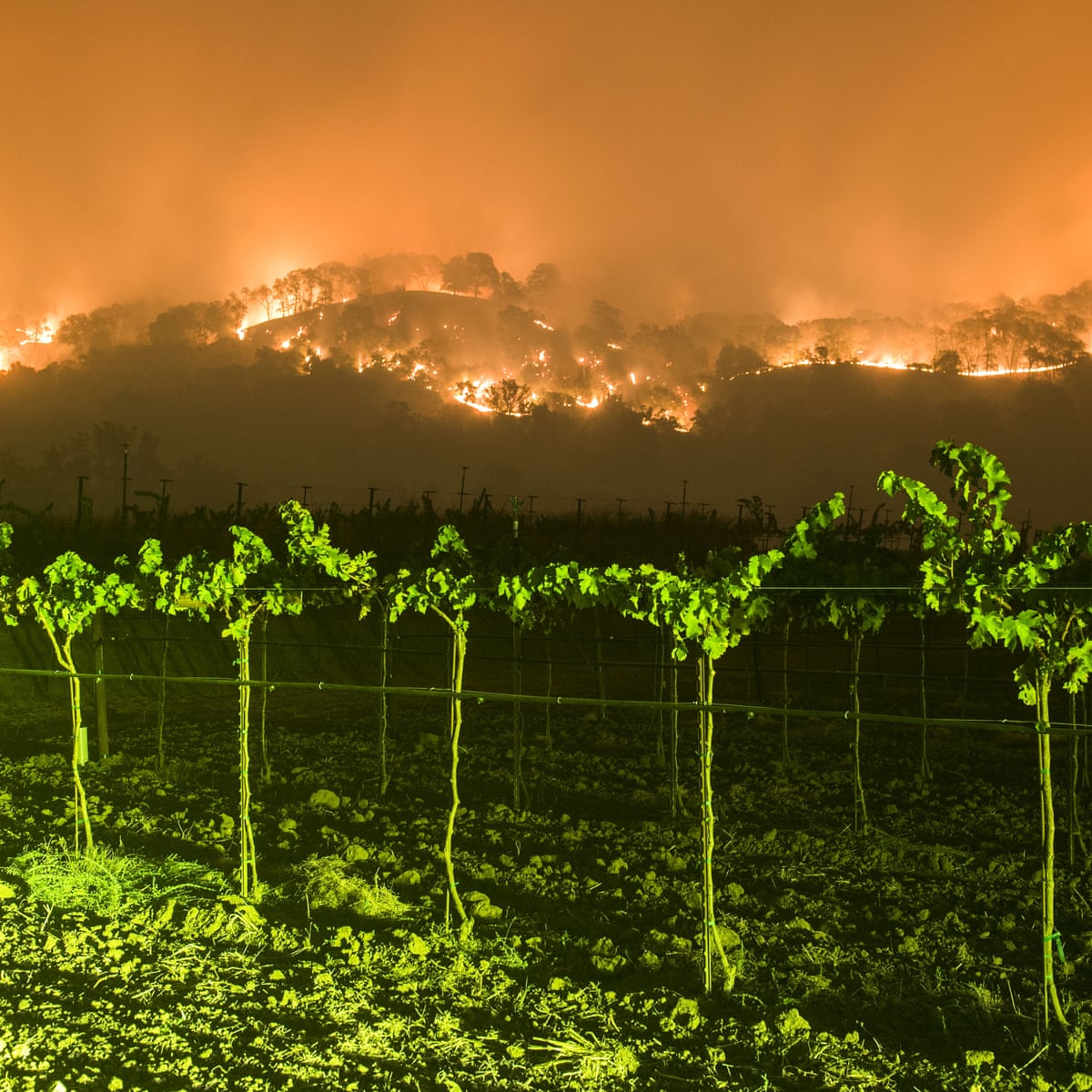
Blame California’s winemakers, if you like, for the soaring alcohol levels in their wines, but the practice is becoming so widespread globally that finding a red wine under 14.5% alcohol is getting more difficult than finding one at or above that critical number. And white wines are not far behind.
There are two principal reasons why this is happening, one natural, one engineered by winemakers. Of the former, climate change and, in particular, global warming are heating up the vineyards, causing the grapes to build up more sugar, which, when crushed at the winery, ferments into alcohol. For cool, rainy regions like Burgundy and Bordeaux, that is a welcome change, because there the grapes must struggle to attain a balance of alcohol, fruit, tannins and acids. In lesser estates of Burgundy those wines may go through what is called chaptalization, by which sugar, usually as a syrup, is added to the grape must to boost the alcohol, or wines from sunny, warmer southern regions might be added as a booster.
 But in warmer
viticultural regions like California, South America
and Australia, sufficient sugar is not a problem.
Indeed, the best winemakers seek a level well below
14.5% for red wines and below 14% for whites. But that
is the exception. Taking advantage of those higher
temperatures, most winemakers have allowed their
wines’ sugar levels to increase, largely by letting
the grapes hang on the vine longer, which intensifies
the sugar-juice content in the grapes. These
winemakers may argue, reasonably, that if you pick
warm-climate grapes too soon, you achieve ideal
alcohol levels but lose the flavor maturity called
phenolic ripeness. (There is a process, called reverse
osmosis, by which alcohol can be removed from a wine
without harming the flavor.)
But in warmer
viticultural regions like California, South America
and Australia, sufficient sugar is not a problem.
Indeed, the best winemakers seek a level well below
14.5% for red wines and below 14% for whites. But that
is the exception. Taking advantage of those higher
temperatures, most winemakers have allowed their
wines’ sugar levels to increase, largely by letting
the grapes hang on the vine longer, which intensifies
the sugar-juice content in the grapes. These
winemakers may argue, reasonably, that if you pick
warm-climate grapes too soon, you achieve ideal
alcohol levels but lose the flavor maturity called
phenolic ripeness. (There is a process, called reverse
osmosis, by which alcohol can be removed from a wine
without harming the flavor.)The argument in favor of higher alcohol wines is simply a question of preference among consumers. Ever since California began producing high alcohol “blockbuster” Cabernet Sauvignons and Pinot Noirs in the 1970s, they began winning high accolades from the burgeoning wine media for whom big-bodied, very fruity wines invariably stand out —especially when ten or twenty wines are tasted blind at one time. A Bordeaux blend of grapes from a certain vintage at 14% alcohol would have a tough time beating a California 100% Cabernet Sauvignon at 15% or 16% alcohol.

Largely, vintners have followed the awards and high ratings given by the wine media, especially Robert L. Parker Jr. (right), whose newsletter Wine Advocate has long championed big, bold wines, which invariably have high alcohol (though Parker has denied he favors such wines). Thus, in wine shops everywhere you find the rating numbers from Parker, Decanter, Wine Spectator and other magazines posted on the wine bins.
Privately, many vintners admit that this is their rationale for making blockbusters, and those who oppose it say the wines are deliberately being manipulated to appeal to those who go by high ratings or like a more intensified style of wine.
And what’s wrong with that? How can one or even half a percent of alcohol make much of a difference in a wine? The answer is threefold: First, according to the Federal Standards of Identity, table wine is defined as “Still grape wine having an alcoholic content of not less than 7 percent by volume and not in excess of 14 percent by volume,” and wines above 14% are designated as sweet dessert wine. So, technically speaking, wines at 14.5% and above aren’t even table wines at all—a technicality vintners pay no attention to. Second, wines above 14.5% may, though not always, taste rich, fruity and bold in the current vintage but fail to come into balance and taste flat after a while. Third, the proof is in the drinking: Try one night to drink two glasses of a red or white wine below 14% alcohol, then the next night one above 14.5%.
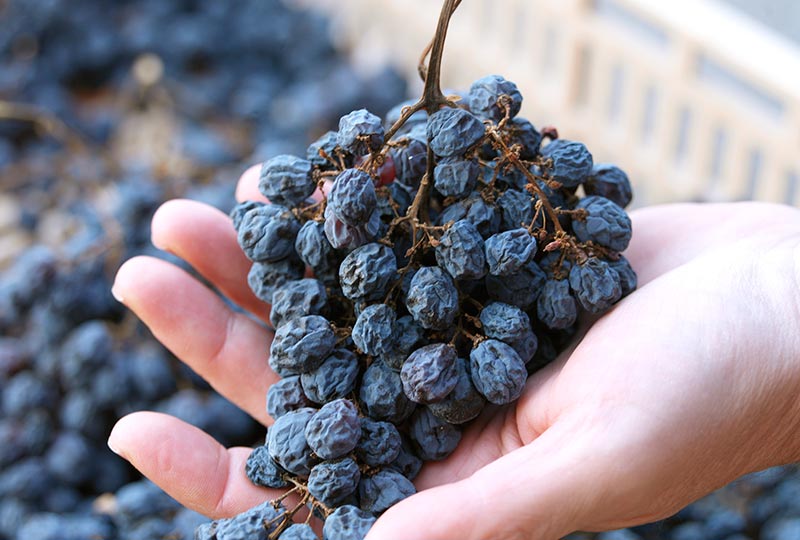 I can pretty
much guarantee you’ll feel the effects of the
alcohol with the second bottle, and that the flavors
you enjoyed with the first glass of it may taste
tannic and cloying with the second.
I can pretty
much guarantee you’ll feel the effects of the
alcohol with the second bottle, and that the flavors
you enjoyed with the first glass of it may taste
tannic and cloying with the second.Is there a place for such high alcohol wines? Yes, if you know in advance. Italy’s Amarone wines are made from grapes dried to intensify the sugars almost to raisin status (right), so the alcohol is deliberately boosted to achieve a rich, almost Port-like richness. Also, if you are char-grilling a big sirloin with a black crust, big reds can complement the beef’s iron and minerality, though after a couple of glasses the wine will take precedence and take hold.
It is, of course, a matter of preference, but the more you drink good, well-balanced wines with reasonable alcohol levels, the more you will find the refinements, complexity and nuances in them rather than have your palate overwhelmed by a 16% Cab.
❖❖❖
 WHAT
IT TAKES TO
WHAT
IT TAKES TO
BE A MORON, #455
Merseyside (England) Police showed a photo of Carl
Stewart and a photo he posted of himself holding a
block of cheese that was used by police to
identify Stewart, who was jailed May
23, sentenced for 13 years and six months on
various drugs charges. Officers
were able to analyze his fingerprints from the
photo to identify him.
❖❖❖
Sponsored by

Any of John Mariani's books below may be ordered from amazon.com.
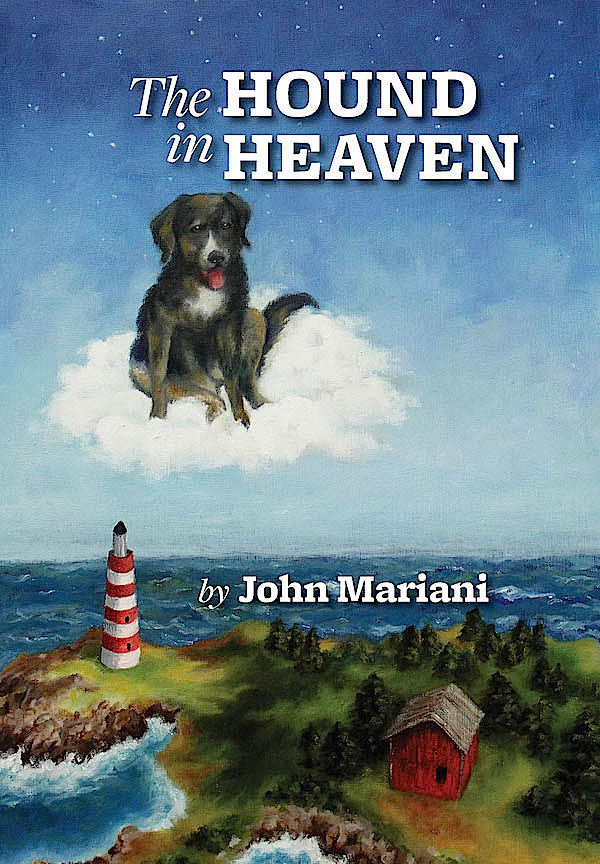 The Hound in Heaven
(21st Century Lion Books) is a novella, and
for anyone who loves dogs, Christmas, romance,
inspiration, even the supernatural, I hope you'll find
this to be a treasured favorite. The story
concerns how, after a New England teacher, his wife and
their two daughters adopt a stray puppy found in their
barn in northern Maine, their lives seem full of promise.
But when tragedy strikes, their wonderful dog Lazarus and
the spirit of Christmas are the only things that may bring
his master back from the edge of despair.
The Hound in Heaven
(21st Century Lion Books) is a novella, and
for anyone who loves dogs, Christmas, romance,
inspiration, even the supernatural, I hope you'll find
this to be a treasured favorite. The story
concerns how, after a New England teacher, his wife and
their two daughters adopt a stray puppy found in their
barn in northern Maine, their lives seem full of promise.
But when tragedy strikes, their wonderful dog Lazarus and
the spirit of Christmas are the only things that may bring
his master back from the edge of despair. WATCH THE VIDEO!
“What a huge surprise turn this story took! I was completely stunned! I truly enjoyed this book and its message.” – Actress Ali MacGraw
“He had me at Page One. The amount of heart, human insight, soul searching, and deft literary strength that John Mariani pours into this airtight novella is vertigo-inducing. Perhaps ‘wow’ would be the best comment.” – James Dalessandro, author of Bohemian Heart and 1906.
“John Mariani’s Hound in Heaven starts with a well-painted portrayal of an American family, along with the requisite dog. A surprise event flips the action of the novel and captures us for a voyage leading to a hopeful and heart-warming message. A page turning, one sitting read, it’s the perfect antidote for the winter and promotion of holiday celebration.” – Ann Pearlman, author of The Christmas Cookie Club and A Gift for my Sister.
“John Mariani’s concise, achingly beautiful novella pulls a literary rabbit out of a hat – a mash-up of the cosmic and the intimate, the tragic and the heart-warming – a Christmas tale for all ages, and all faiths. Read it to your children, read it to yourself… but read it. Early and often. Highly recommended.” – Jay Bonansinga, New York Times bestselling author of Pinkerton’s War, The Sinking of The Eastland, and The Walking Dead: The Road To Woodbury.
“Amazing things happen when you open your heart to an animal. The Hound in Heaven delivers a powerful story of healing that is forged in the spiritual relationship between a man and his best friend. The book brings a message of hope that can enrich our images of family, love, and loss.” – Dr. Barbara Royal, author of The Royal Treatment.
 |
The Encyclopedia of American Food and Drink by John F. Mariani (Bloomsbury USA, $35) Modesty forbids me to praise my own new book, but let me proudly say that it is an extensive revision of the 4th edition that appeared more than a decade ago, before locavores, molecular cuisine, modernist cuisine, the Food Network and so much more, now included. Word origins have been completely updated, as have per capita consumption and production stats. Most important, for the first time since publication in the 1980s, the book includes more than 100 biographies of Americans who have changed the way we cook, eat and drink -- from Fannie Farmer and Julia Child to Robert Mondavi and Thomas Keller. "This book is amazing! It has entries for everything from `abalone' to `zwieback,' plus more than 500 recipes for classic American dishes and drinks."--Devra First, The Boston Globe. "Much needed in any kitchen library."--Bon Appetit. |
"Eating Italian will never be the same after reading John Mariani's entertaining and savory gastronomical history of the cuisine of Italy and how it won over appetites worldwide. . . . This book is such a tasteful narrative that it will literally make you hungry for Italian food and arouse your appetite for gastronomical history."--Don Oldenburg, USA Today. "Italian
restaurants--some good, some glitzy--far
outnumber their French rivals. Many of
these establishments are zestfully described
in How Italian Food Conquered the World, an
entertaining and fact-filled chronicle by
food-and-wine correspondent John F.
Mariani."--Aram Bakshian Jr., Wall Street
Journal.
"Equal parts
history, sociology, gastronomy, and just
plain fun, How Italian Food Conquered the
World tells the captivating and delicious
story of the (let's face it) everybody's
favorite cuisine with clarity, verve and
more than one surprise."--Colman Andrews,
editorial director of The Daily
Meal.com. "A fantastic and fascinating
read, covering everything from the influence
of Venice's spice trade to the impact of
Italian immigrants in America and the
evolution of alta cucina. This book will
serve as a terrific resource to anyone
interested in the real story of Italian
food."--Mary Ann Esposito, host of PBS-TV's
Ciao
Italia. "John Mariani has written the
definitive history of how Italians won their
way into our hearts, minds, and
stomachs. It's a story of pleasure over
pomp and taste over technique."--Danny Meyer,
owner of NYC restaurants Union Square
Cafe, The Modern, and Maialino.
|
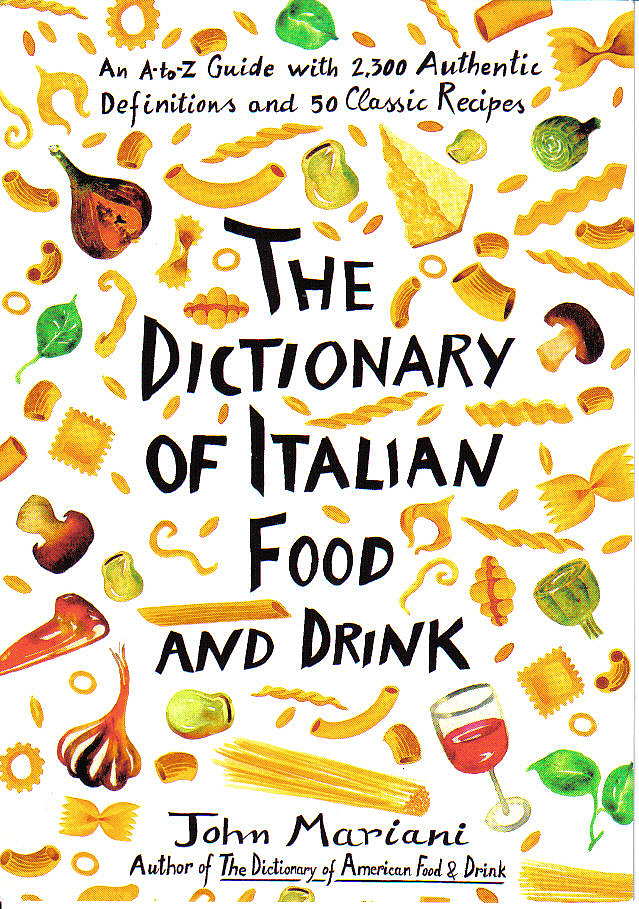 |
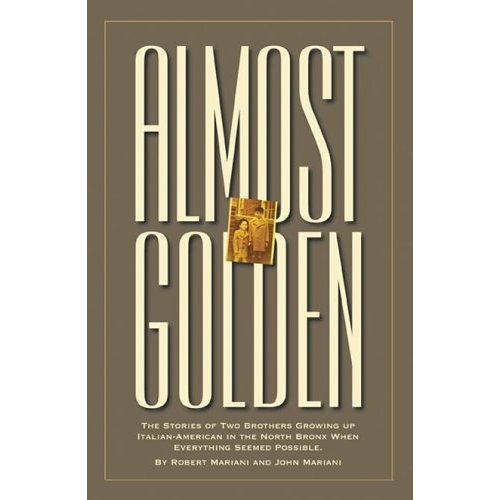 |
 |
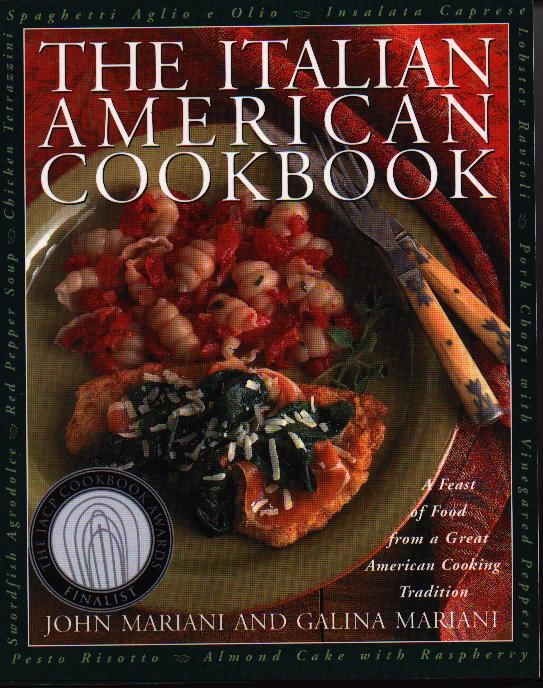 |
 |
 |
 Everett Potter's Travel Report:
Everett Potter's Travel Report: 
 Eating Las
Vegas JOHN CURTAS has been covering
the Las Vegas food and restaurant scene
since 1995. He is the co-author of EATING LAS
VEGAS – The 50 Essential Restaurants (as
well as the author of the Eating Las
Vegas web site: www.eatinglasvegas.
He can also be seen every Friday morning as
the “resident foodie” for Wake Up With the
Wagners on KSNV TV (NBC) Channel 3 in
Las Vegas.
Eating Las
Vegas JOHN CURTAS has been covering
the Las Vegas food and restaurant scene
since 1995. He is the co-author of EATING LAS
VEGAS – The 50 Essential Restaurants (as
well as the author of the Eating Las
Vegas web site: www.eatinglasvegas.
He can also be seen every Friday morning as
the “resident foodie” for Wake Up With the
Wagners on KSNV TV (NBC) Channel 3 in
Las Vegas.
MARIANI'S VIRTUAL GOURMET
NEWSLETTER is published weekly. Publisher: John Mariani. Editor: Walter Bagley. Contributing Writers: Christopher Mariani,
Robert Mariani, Misha Mariani, John A. Curtas, Gerry Dawes, Geoff Kalish,
and Brian Freedman. Contributing
Photographer: Galina Dargery. Technical
Advisor: Gerry
McLoughlin.
If you wish to subscribe to this
newsletter, please click here: http://www.johnmariani.com/subscribe/index.html
© copyright John Mariani 2021
